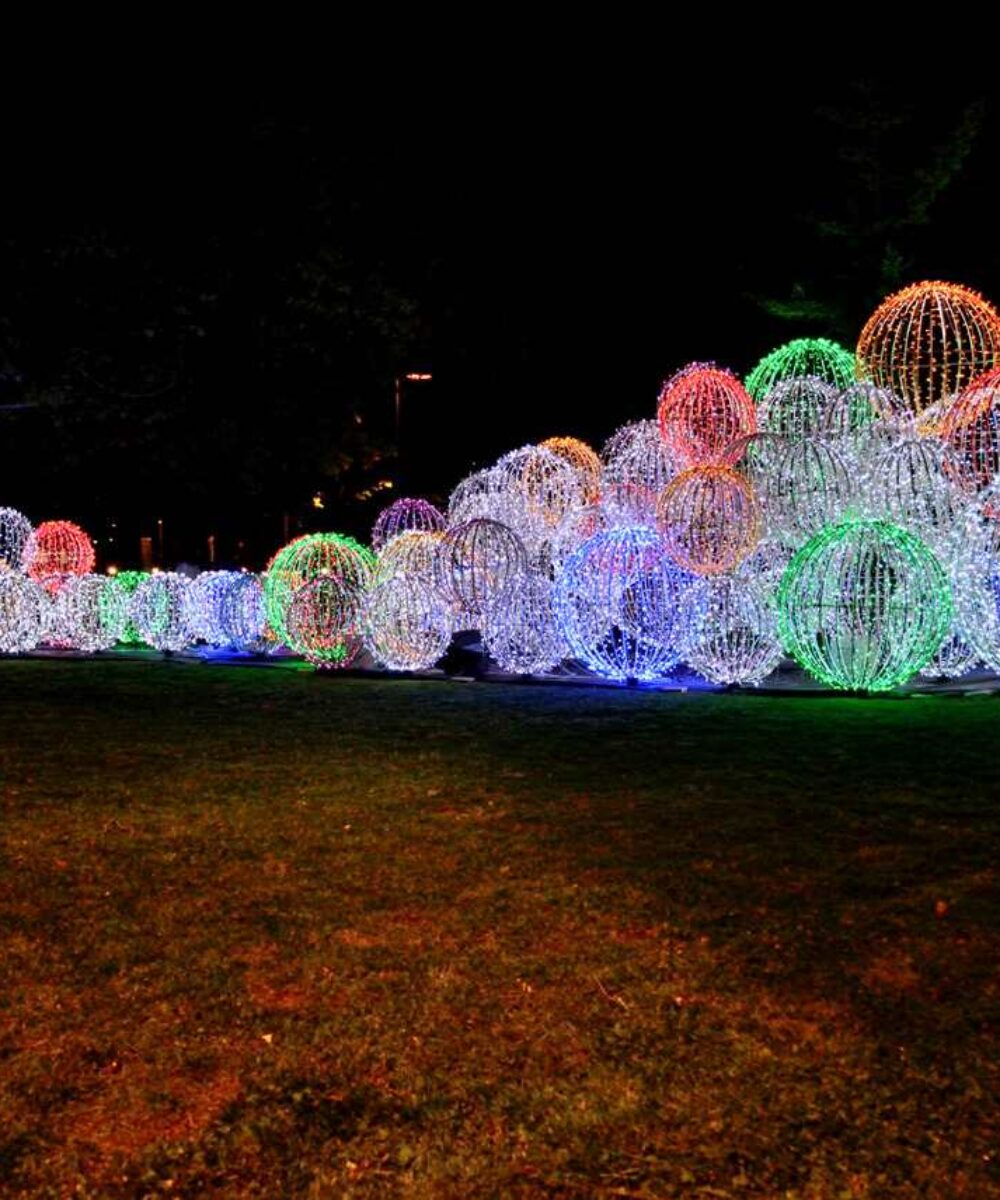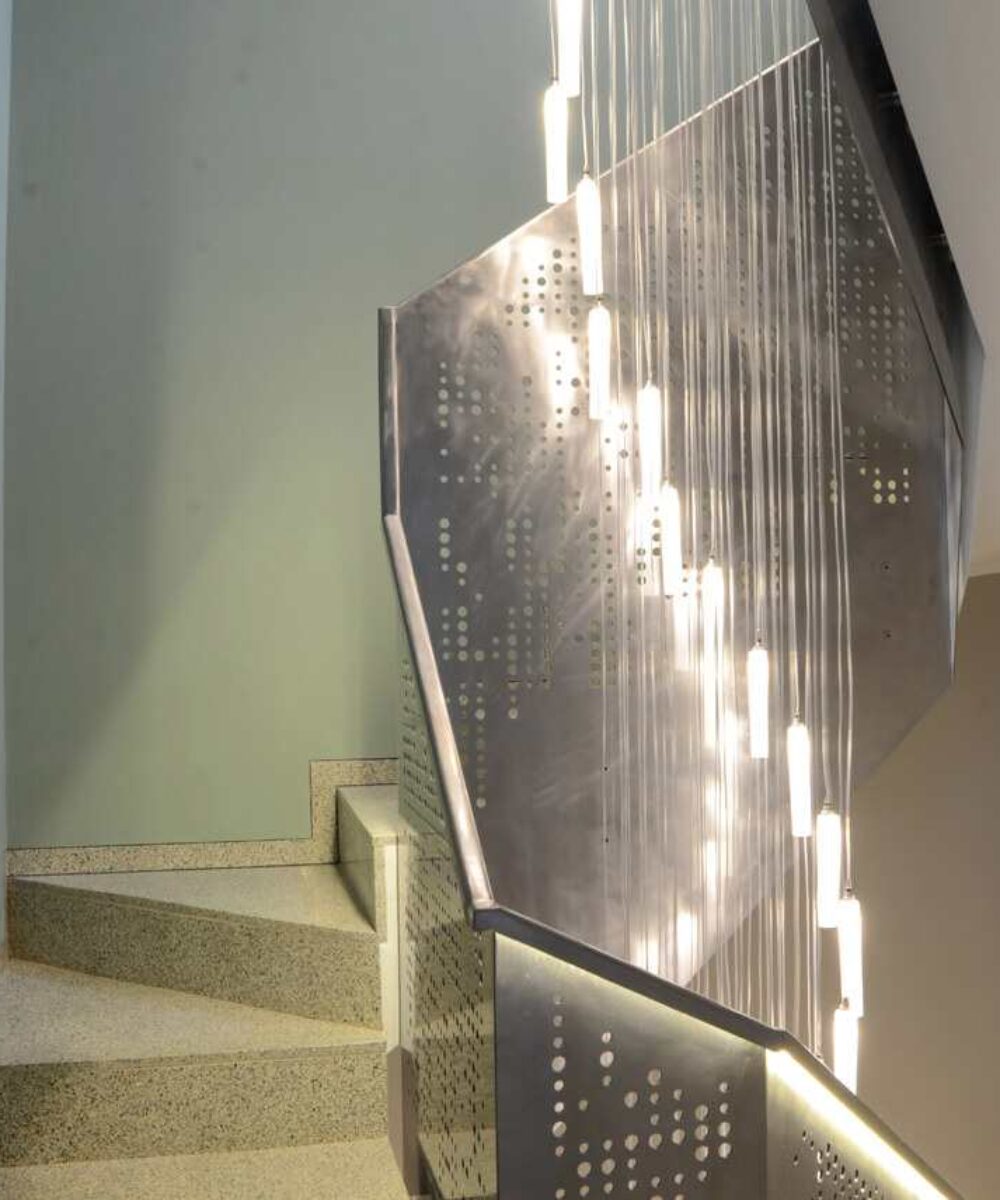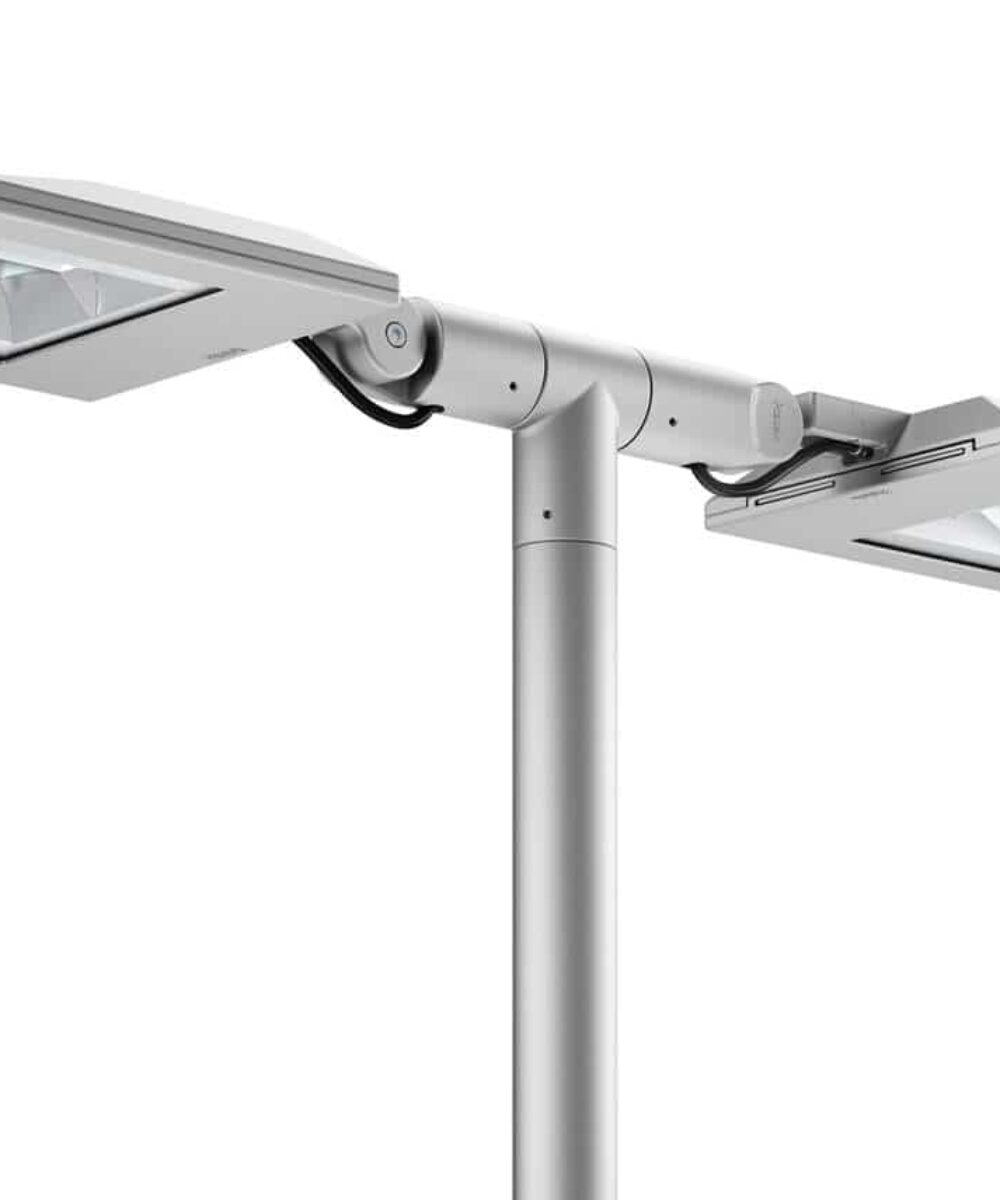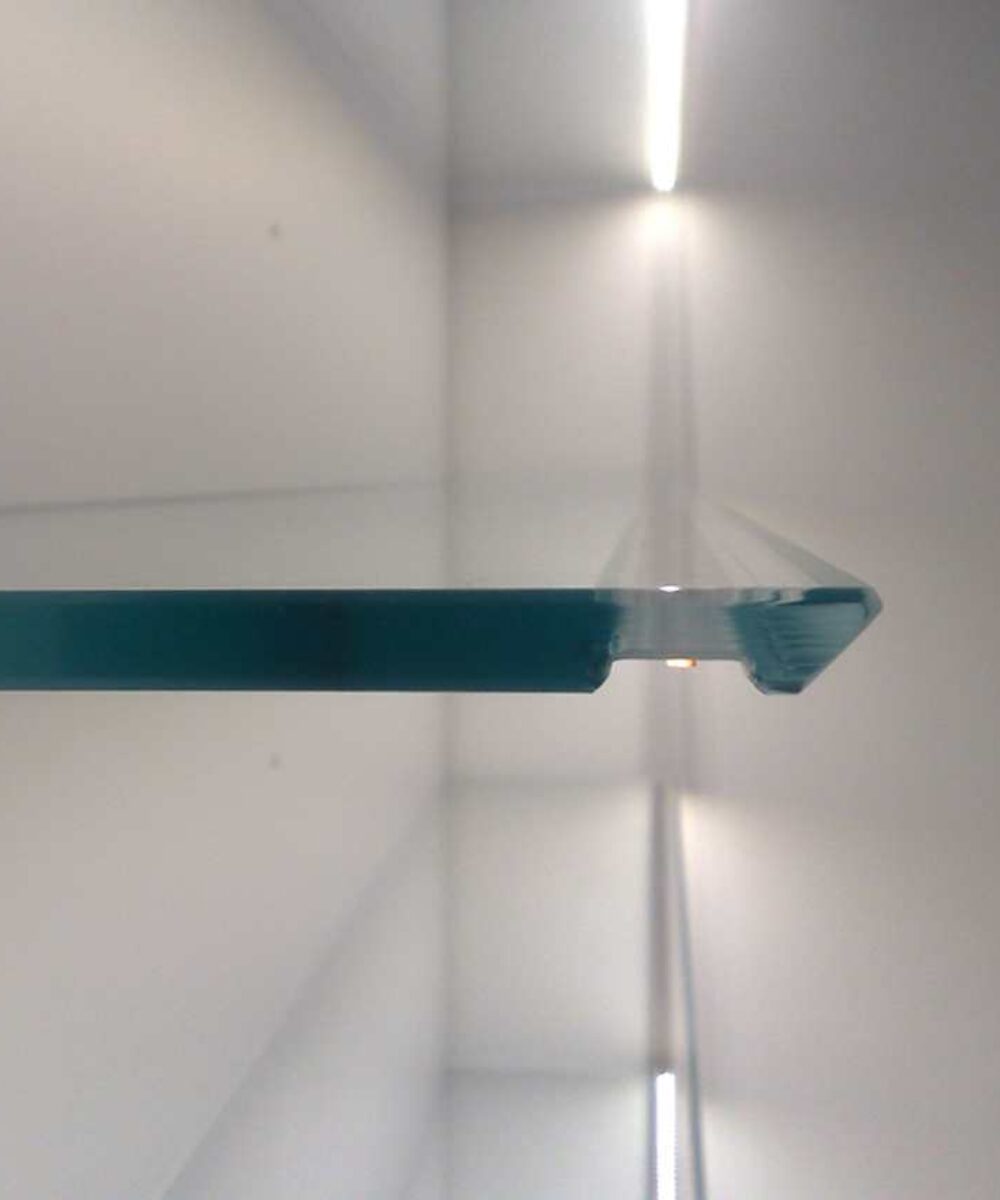Light as a Design Element: Only LED Light Design?
Design is not pure art, nor is it a theory— ideas arise from necessity. Innovative design blends classic materials with new generation ones and fully exploits the luminaires that become an integral part of the architectural project. Careful use of halogen sources, now in disuse, can become a valid alternative to more advanced technologies. This section includes lighting fixture projects, LED light design, lighting systems built into furniture, like the library, LED light projects and the installation of fixtures in the context of visual effects.
Achille Castiglioni used to say: "The designer is the one who, working in a team, designs and creates real objects for real needs. The designer must not make style, let alone fashion. The designer is not a whimsical artist. The designer's working method is very different from that of the artist (and here I mean the artist who produces rare works for himself or for the elite). The designer produces mass-produced objects for the community". This sentence perfectly reflects our philosophy; light is a service and not an accessory or artistic element.
Among the pioneers of Italian industrial design is Luigi Fontana, who founded Fontana Arte for the production of furniture and lamps. From the early 30s onwards, he called upon architects like Gio Ponti to cooperate, triggering collaborations between different professional figures and renewing industry, but above all producing lighting fixtures using innovative materials, which today has led to LED light design. Each material has, in itself, all the expressive power that the psychology of the architect/designer can exploit: color, appearance, hardness, elasticity, weight, and even smell. Light began to interact with materials, thus creating the first companies that produced lighting fixtures in collaboration with architects and designers. Still far from LED light projects. The figure of Gino Sarfatti played a fundamental role in this passage, with his skills and education in rationality, combined with symbiosis technique and art.
Another example of a symbiosis between art and technique is the transformation of an object into an icon that goes beyond its design. Think of the Luxo lamp, designed by Jac Jacobsen, now a classic of contemporary design, chosen by Pixar as a symbol and made the protagonist of its short film. The design object comes from a project that takes into account the relationship between function and aesthetics, mass production and distribution because the success of a product depends on sales. In innovative design, in addition to the search for new materials, we must also consider the development of research into new sources, such as LEDs or OLEDs. With the birth of LED sources, the LED light design market (as a result of LED light projects), changed perspectives, trying to abandon the use of "obsolete" lamps and giving life to so-called "refitting", i.e. the replacement of "old" sources with LED ones in devices already in production.
The advent of the LED, however, has also brought some benefits, such as the reduction of energy consumption, maintenance costs due to their longer life, and being a point source, which has enabled the creation of appliances with a smaller design. Last but not least, in the design of LED light design fixtures, it is the optic that plays an important role, together with the casing and the source. The luminaires are selected by observing the light distribution represented by the photometric curve, which indicates in which direction and with what intensity a device emits light. An example, where optics can play a predominant role compared to its coating, is that of the projectors used for street lighting, an example is the Tarsius.
To optimize a lighting system both in economic and environmental terms, it is necessary to use an optic that maximizes the luminous flux emitted in relation to the visual task and reduces the use of electric power, as well as using technologies capable of optimizing the life cycle. Following these concepts, in the design project of an LED light design device, the optics are developed following legislative guidelines, considering that the distance between the light points should be 3.7 times the height of the pole. The aspect of safety is very important in street lighting and, for this reason, it is necessary to observe the standards in reference to light intensity, uniformity, and glare.
Mitic Lamp | LED light project
As we’ve said, sometimes LED light design luminaires do not arise from an idea, but from the development of a project. This is the classic example of the Mitic lamp, designed for precise space. As the great designer Bruno Munari said, "The square, the circle, and the equilateral triangle, are the three basic forms for the study of structures, shapes, modulation, and accumulation. The knowledge of the characteristics and possibilities of these basic shapes allows the designer to design with greater ease and competence". The circular shape has a strong magnetic power because it attracts the eye of the observer.
The circle is a figure that conveys dynamism; its shape recalls immutable and perfect movement, without beginning and without end, without variation, like the light we wish to create with this lamp. Everything comes from the idea of emptiness, evoking the circles of the machines on sale in the salon; the space is shaped by the light, which has become a symbol and icon of Miticauto. The lamp has a 1.7m diameter structure, made with an extruded rectangular iron section of about 5.5m long, with holes for heat dissipation and worked with a calendaring process. The specially designed LED source ensures diffused light, with suitable values of illumination for the activities carried out in the showroom.










